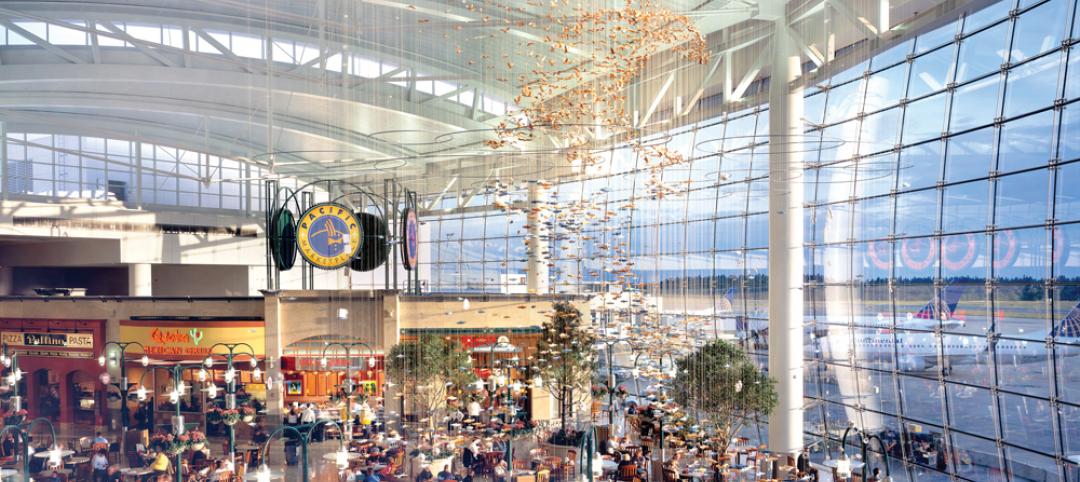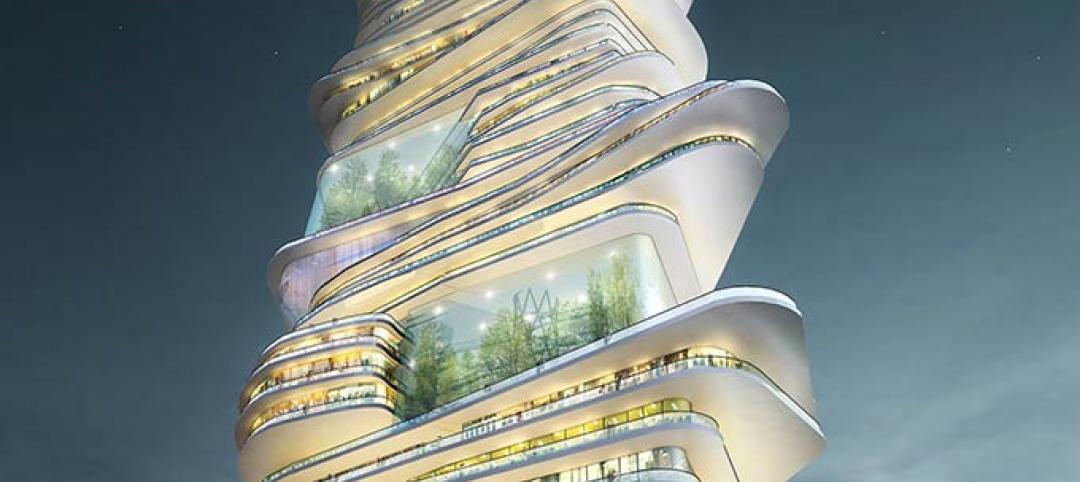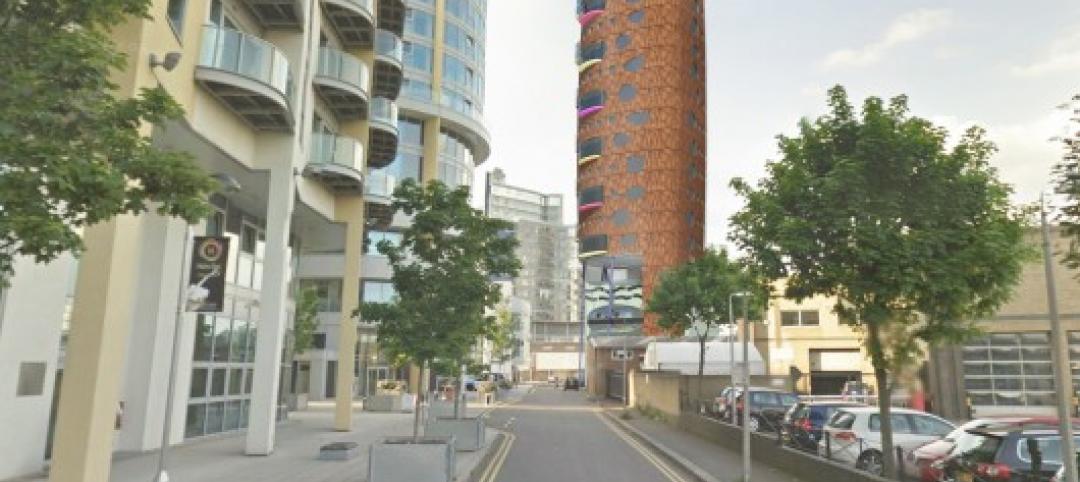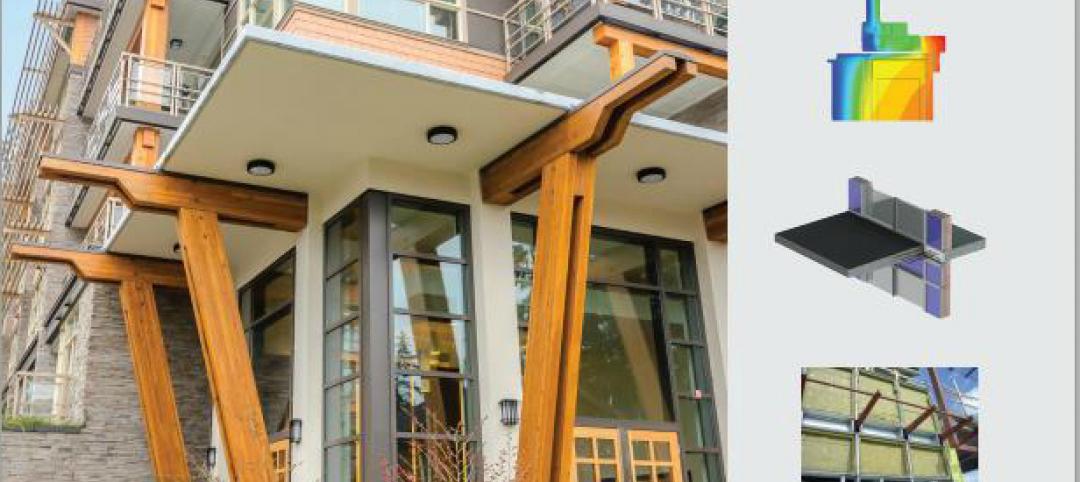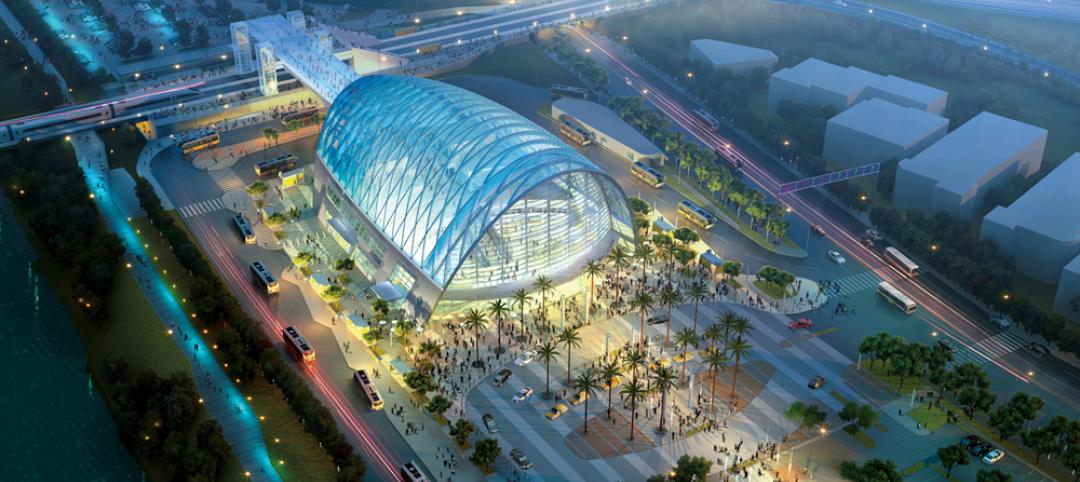They’re all “world middleweight cities” that are likely to become regional megacities (10 million people) by 2025—along with Dongguan, Guangzhou, Hangzhou, Shenzhen, Tianjin, and Wuhan (China); Kinshasa (Democratic Republic of the Congo); Jakarta (Indonesia); Lahore (Pakistan); and Chennai (India).
These “emerging middleweight” cities are among the “City 600,” the top 600 cities by contribution to global GDP growth from 2007 to 2005, as defined in a new report from McKinsey Global Institute: “Urban World: Mapping the economic power of cities”.
The 1.5 billion people who live in the City 600 (22% of world population) accounted for $30 trillion of GDP in 2007—more than half of global GDP. The top 100 alone generated $21 trillion, 38% of global GDP, according to McKinsey.
By 2025, these 600 cities will be home to 2.0 billion, a quarter of the world’s population, and account for $64 trillion, or 60% of global GDP.
The top 25 “hot spots” for GDP by 2025 include (in rank order) New York, Los Angeles, Chicago, Dallas, Washington, D.C., Houston, Philadelphia, Boston, and San Francisco, along with such places as São Paolo (Brazil), Rhein-Ruhr (Germany), Mexico City, Randstad (Netherlands), Shanghai, Beijing, and Hong Kong.
Other key findings of the McKinsey study:
• By 2025, the makeup of the City 600 will change as the center of gravity of the urban world moves south and east. One-third of developed market cities will no longer make the top 600.
• By 2025, up to 136 new cities will enter the City 600 list, all of them from the developing world—100 of them from China alone, including Haerbin, Shantou, and Guiyang.
• India will contribute 13 newcomers to the City 600 list, including Hyderabad and Surat. Latin America will add eight, notably Cancún (Mexico) and Barranquilla (Colombia).
• About 310 million more people of working-age population will live in the City 600 by 2025—almost 35% of the expansion of the global workforce, almost all of it in emerging markets and two-thirds in China and South Asia.
What do all these fascinating data points mean to the design and construction industry, and to you as an AEC professional? In a nutshell, the McKinsey people are saying, If you want to grow your business—and your career—over the next 15 years, you must look to foreign climes.
It is in the emerging cities that GDP will be growing at a faster rate than global GDP. Where the workforce will be expanding more quickly than in the rest of the world. Where demand for housing, retail shops, schools, libraries, museums, data centers, universities, office buildings, religious centers—all the magnificent structures you and your firms create and build—will be accelerating at a hyperfast rate compared to the growth, if any, in much of the developed world.
To be competitive in the coming decade and a half, AEC firms and professionals are going to have to shift their lines of sight eastward and southerly, to places with names like Luanda, Chongqing, Dhaka, Colombo, and Grande Vitória.
Related Stories
| Aug 11, 2014
Air Terminal Sector Giants: Morphing TSA procedures shape terminal design [2014 Giants 300 Report]
The recent evolution of airport terminals has been prompted largely by different patterns of passenger behavior in a post-9/11 world, according to BD+C's 2014 Giants 300 Report.
| Aug 11, 2014
The Endless City: Skyscraper concept connects all floors with dual ramps
Rather than superimposing one floor on top of another, London-based SURE Architecture proposes two endless ramps, rising gradually with a low gradient from the ground floor to the sky.
| Aug 11, 2014
Will Alsop's funky 'high-rise on stilts' will be built over an apartment building in London
South London's riverfront will soon be graced by one of Will Alsop's eccentric designs: a curved apartment tower on purple stilts.
| Aug 11, 2014
New guide for prevention of thermal bridging in commercial buildings
The guide aims to overcome obstacles with respect to mitigating thermal bridging to reduce energy consumption in buildings.
| Aug 8, 2014
LEGO launches set aimed at professional architects
LEGO Architecture Studio is made up of 76 unique elements and over 1,200 pieces, and is intended to give the builder as much freedom as possible.
| Aug 8, 2014
First look: China's latest office development will take the shape of binary code
The Window of Guangzhou project will consist of three towers forming the number sequence "001."
| Aug 8, 2014
Government Sector Giants: Public-sector construction slow, but stirring [2014 Giants 300 Report]
Improving energy performance of existing properties through targeted upgrades and large-scale reconstruction continues to be a federal priority, according to BD+C's 2014 Giants 300 Report.
Sponsored | | Aug 8, 2014
Setting guidelines for construction PDF documents across the AEC industry
Sasha Reed interviews two members of the coalition responsible for creating new Guidelines for Construction PDF Documents. SPONSORED CONTENT
Sponsored | | Aug 8, 2014
Safe and secure: Fire and security glazing solution for Plaquemines Parish Detention Center
When the designers at L. R. Kimball looked for an all-in-one clear, wire-free glazing solution that protects against fire, bullets and forced entry for the new Plaquemines Parish Detention Center, SAFTI FIRST supplied a complete single-source tested and listed assembly that was easy to install and maintenance-free.
| Aug 7, 2014
Office Sector Giants: ‘Flex’ reigns supreme in hot office construction market [2014 BD+C Giants 300 Report]
The adage “doing more with less” has become a byword for many businesses since the Great Recession, and clients are trying to maximize every precious inch, according to BD+C's 2014 Giants 300 Report.


